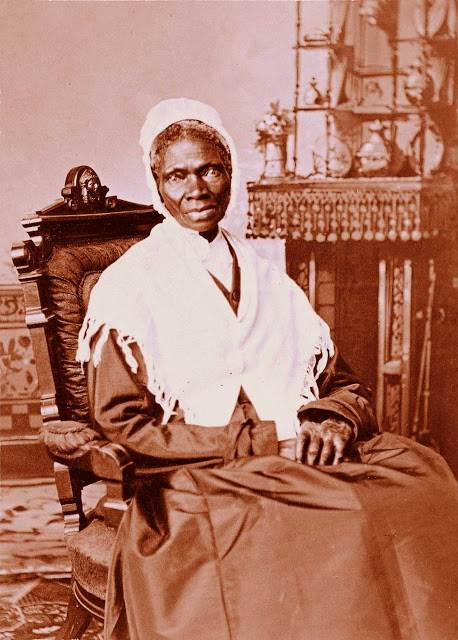
Back in February when it became apparent that Republican-led state legislatures particularly in southern and southwestern states that Biden won were determined to enact new voting laws to disenfranchise people of color and others who lean Democratic, Vice President Harris asked President Biden if she could take the lead in protecting voting rights for all.
Biden concurred and in speech late last week in a speech he declared the Republic-led effort around the country an “assault on our democracy” and that Vice President Harris would be leading the fight to protect voting rights, adding “It’s going to take a hell of a lot of work.”
Today, Harris is off to Mexico and Guatemala to obtain a more in-depth look at the underlying causes driving thousands of immigrants to take the highly dangerous and uncertain trek across Central America in the hopes of crossing the borders into the United States. Such trips led to the death of five children in ICE custody in early March.
Calling Harris a “history-making politician with big ambitions,” New York Times political reporter Lisa Lerner questioned in her column this week whether tackling two such huge polarizing issues, voting rights and immigration, didn’t pose a risk for both Harris and future Democratic hopes on retaining the White House after Biden.
Lerner writes, “both immigration and voting rights are politically fraught problems with no easy solutions… Of course, ‘real big problems’ also carry a far greater risk of political missteps and policy failures, particularly for a politician who is more polarizing than the president she serves, polls show.”
What frustrates me about Lerner’s column is how quickly she draws on “the phantom menace,” an old journalistic tactic reporters use to speculate that more nefarious forces are at work without providing any evidence for such claims.
“But some suggest (italics mine) that Ms. Harris’s portfolio may have more to do with office politics than those of the presidential variety. While Mr. Biden feels comfortable with Ms. Harris, Democrats familiar with the workings of the White House say, some on his team remain skeptical of her loyalty (italics mine) after the divisive primary race. Her agenda, they argue, may simply be the White House version of cleaning up after the office party: What better way to prove her fidelity than by taking on some of the most thankless tasks?” Lerner writes.
While nobody can truly speak to the relationship between the President and Vice President than perhaps Biden and Harris themselves, we know that when Biden was Obama’s VP, the two men formed a close friendship and Obama gave Biden a significant amount of laditute and responsibility than most Presidents. And early depictions of the Biden and Harris both on the campaign trail and after the election seemed to indicate Biden wished to forge a similar relationship with Harris.
We know that Harris asked to take on the difficult voting rights situation given her ongoing concerns about voting rights restrictions since she was California’s attorney general. And even Lerner herself states that according to members of Harris’ own staff that many of the Vice President’s supporters urged her to tackle immigration. Those facts, compounded by the knowledge that Harris spoke often on the campaign trail and in interviews about how both of her immigrant parents inspired and supported her, should certainly be far more credible than what “some” unknown and unidentified sources speculate.
Women in powerful positions face plenty of credibility gaps both from men and other women and questions about a person’s credibility and capabilities get raised even more when the leader is a woman of color. And while journalists should ask tough questions of and about our politicians, to speculate that Biden and his staff may have concerns about Harris’ loyalty and commitment to the president’s agenda only unnecessarily heightens questions about Harris’ leadership and persuasion skills.
— Posted by Sandi Sonnenfeld, DDWC Executive Committee Member
Opinions posted on the Women of Influence blog belong solely to the author of the post and do not necessarily reflect the viewpoints of the DDWC.


